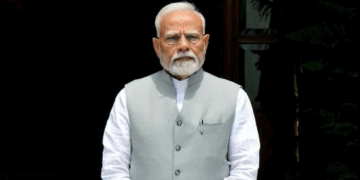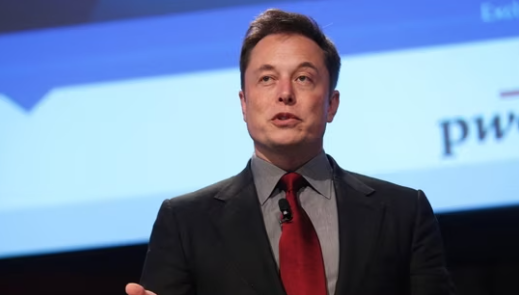SpaceX’s Starlink, led by visionary entrepreneur Elon Musk, has achieved a groundbreaking milestone by launching the world’s first Direct-To-Cell satellite, promising to revolutionize global connectivity. The new satellite technology aims to enhance internet accessibility in remote areas and redefine the way people connect around the world.
Elon Musk announced the successful deployment of the Direct-To-Cell satellite via Twitter, stating, “Starlink continues to push the boundaries of connectivity. Our first-ever Direct-To-Cell satellite is a game-changer, bringing internet access directly to mobile devices globally.”
The Direct-To-Cell technology operates by establishing a direct link between Starlink’s satellite network and cellular devices, eliminating the need for traditional ground-based cellular infrastructure. This innovation is expected to have profound implications for areas with limited or no access to conventional internet infrastructure.
Here’s how the Direct-To-Cell satellite technology works:
- Satellite Communication: Starlink’s constellation of satellites in low Earth orbit communicates directly with cellular devices, establishing a seamless connection without the need for terrestrial infrastructure.
- Global Coverage: By leveraging the extensive satellite network, Direct-To-Cell ensures global coverage, reaching even the most remote and underserved regions. This has the potential to bridge the digital divide and connect populations in areas previously considered inaccessible.
- Low Latency: The low Earth orbit of Starlink satellites contributes to low latency, offering users a high-speed and responsive internet experience. This is particularly crucial for applications like online gaming, video conferencing, and other real-time activities.
- Scalability: As Starlink continues to expand its satellite constellation, the Direct-To-Cell technology is designed to be scalable, accommodating a growing number of users and increasing demand for reliable internet connectivity.
The deployment of the Direct-To-Cell satellite marks a significant step in Starlink’s mission to provide global broadband internet coverage. Elon Musk envisions a future where reliable and high-speed internet is accessible to anyone, anywhere on the planet.
While the technology is still in its early stages, industry experts anticipate that Direct-To-Cell connectivity could have far-reaching implications for industries, emergency services, and communities in remote locations. As Starlink continues to innovate, the world watches eagerly to see how this revolutionary technology will reshape the landscape of global connectivity.








 India
India












